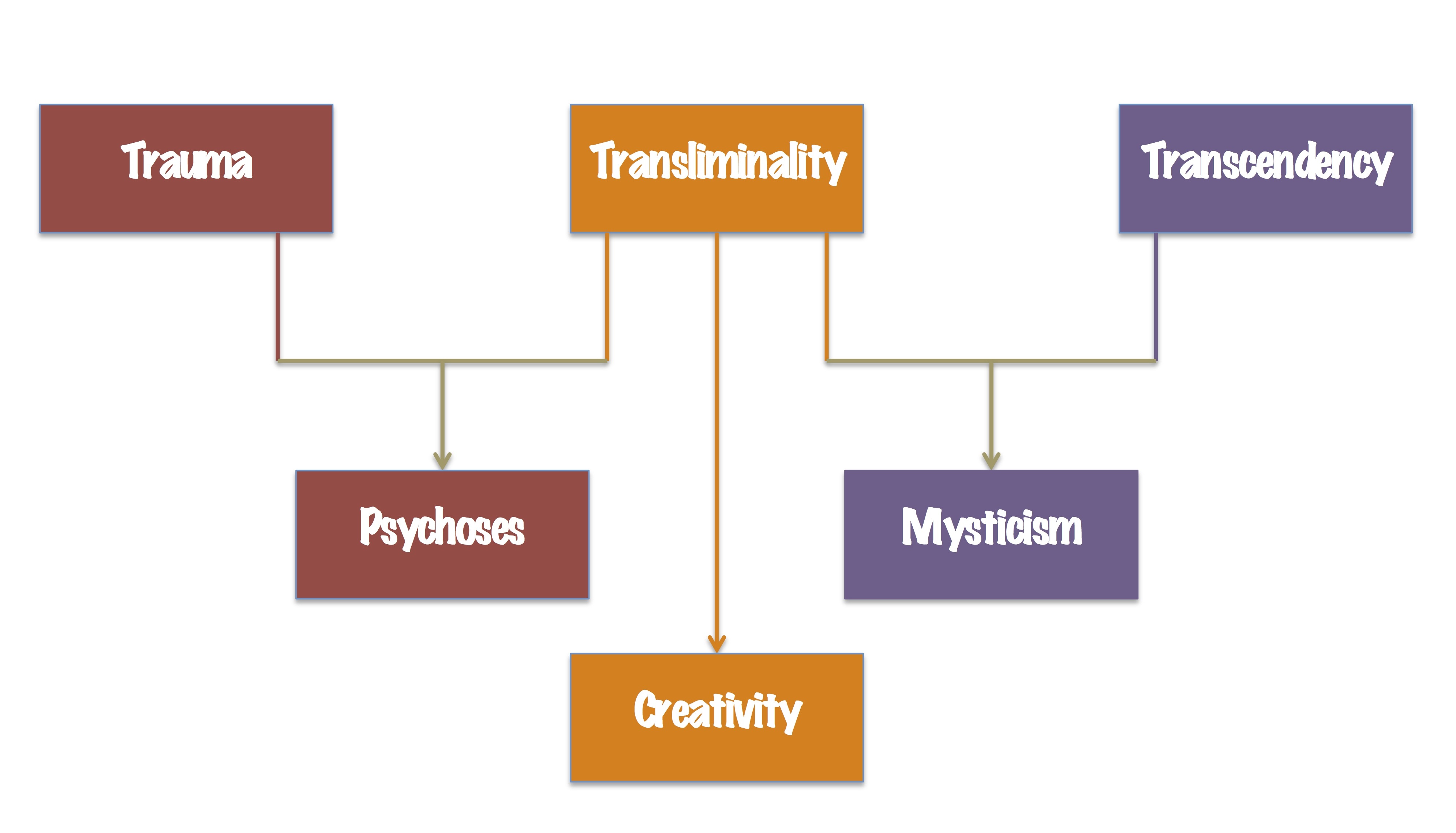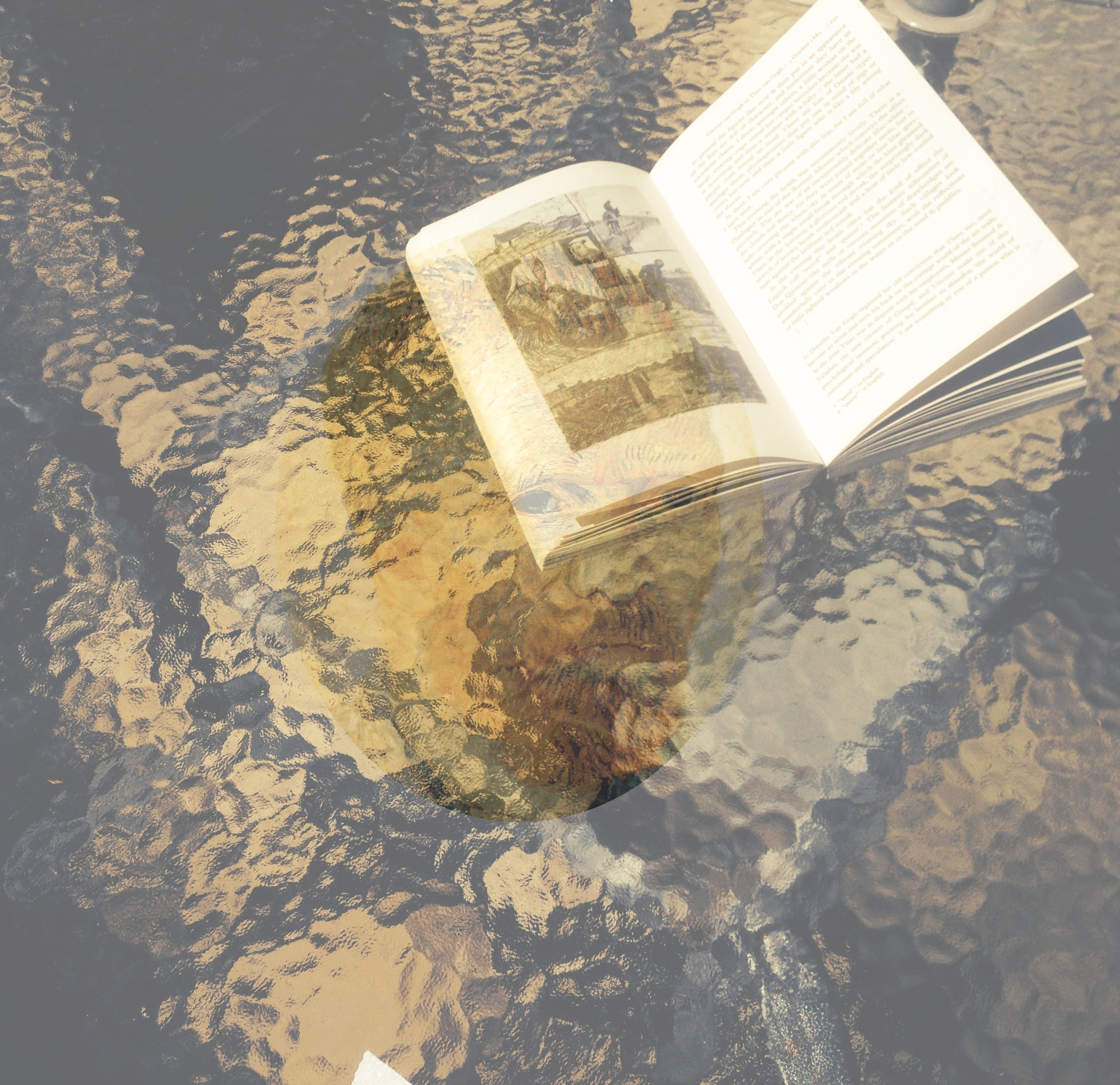
Ginny, 1984 (scanned from Alice Neel: Painter of Modern Life — page 219)
 The sequence which partly focused on Táhirih caused me to think about other female artists who, while they did not suffer devaluation as a woman as she did, were also seriously underestimated for much of their lives. Alice Neal is one such artist.
The sequence which partly focused on Táhirih caused me to think about other female artists who, while they did not suffer devaluation as a woman as she did, were also seriously underestimated for much of their lives. Alice Neal is one such artist.
At the end of the previous post I indicated that I would be moving onto the Expressionist leanings of Neel’s art, primed by comments in Collecting souls. For example,[1] ‘[as] Alice withdrew increasingly into herself, her paintings exploded in expressiveness.’
She resisted what the Belchers term ‘abstract expressionism.’[2] They go on to explain why:
Alice remained committed to the human figure as the centre of her art. Her faithfulness to a belief in the importance of the human being stretched beyond an ideology of humanism. To Alice, artists have an obligation to history, not just to record, but to interpret the richness and complexity of the life of the period in which they live. She believed “that more is communicated about an area and its effect on people by a revealing portrait than in any other way.”
She persisted down this path even though she knew that ‘figures were not commercially viable.’
In Painter of Modern Life, Petra Gördüren in her chapter on Emotional Values lists her expressionist influences:[3]
The founding figures of modern art – Vincent Van Gough, Munch and Oscar Kokoschka – are primarily cited in this context, artists who, like Neel, understood painting as the expression of subjective sensations and did not hesitate to explore the depths of the human psyche.
Her expressionism seems to blend with her politics, into something I am tempted to label ‘social expressionism,’ as Gördüren seems to hint at when she writes (my emphasis):[4] ‘Neel established herself as a painter of the very personally felt social realism that dominated American painting of the late 1920s and the 1930s.’ Laura Stamps in her chapter, A Marxist girl on Capitalism, points very much in the same direction:[5] ‘She developed her characteristic style, tending on the one hand towards Expressionism, and yet also towards the documentary.’
Following up on my discussion in the previous post, this appears to be also linked with her tendency towards projection, as Stamps is strongly indicating: [6]
She wanted to capture her subjects psychologically and socially… Neel also deliberately projected her own desires and fears onto her subject. She in fact chose portraiture in order to enter into dialogue with “the other.”
The Belchers quote the words[7] ‘capturing of things essential’ to describe this quality in Neel’s work, and refer to[8] what seems to be ‘an unusual mingling of social commitment and subjective intensity.’ They attribute her motivation for this blending of personal and political to her being[9] ‘an individual who had suffered greatly’ so she therefore ‘painted pictures that communicated one of her core creeds, that “no one on earth should suffer.”’ A telling way to summarise this can be found in Laura Stamps A Marxist girl on Capitalism:[10]
She was working on something that, though it clearly concerned herself, also transcended the personal.
Closing Comments
 In Painter of Modern Life, in the Catalogue of Works, we find an appropriate portrait on which to end this sequence: Ginny, 1984:[11]
In Painter of Modern Life, in the Catalogue of Works, we find an appropriate portrait on which to end this sequence: Ginny, 1984:[11]
Painted during the winter in Vermont, it depicts Ginny in mourning for her mother who died the previous year, and was painted at the time when Neel knew her number was up, for she had recently been diagnosed with terminal cancer. . . . It is clearly an expression of endings,… an image of such power and subtlety that it appeared to subsume the knowledge of a lifetime of painting.
A perfect example, in fact, of the empathic projection I have been attributing to her most emotionally powerful portraits.
I can’t quite avoid being triggered into reflections here about van Gogh. When I am confronted by his life and his greatest art I find myself asking, ‘How is it that we so often find such life-enhancing beauty flowering from the soil of such peace-destroying torment?’ It gives Dylan’s dictum that ‘behind every beautiful thing there’s some kind of pain,’ a strange relevance. Behind the obvious meaning that encounters with beauty create a fear of their loss, there lurks the idea that out of some kind of pain everything of beauty flowers.
With Neel, though, you almost always see the pain behind the beauty: not so with van Gogh’s greatest work, where the beauty often masks the pain.
With both van Gogh and Neel, of course, we need to be concerned at least as much by the pain they caused to others as by the pain of others they capture in paint.
Alice Neel, at least to a significant extent, saw herself as painting to draw attention to the costs of inequality and discrimination, and is now credited with having succeeded in doing so. From a Bahá’í point of view one of the main purposes of art is to enhance consciousness, not least in terms of raising our awareness of our interconnectedness with all humanity, in fact with all forms of life, as well as widening our compass of compassion. This seems to have been the main purpose of Neel in amassing this collection of souls. I am not sure she would have been aware that this title for her work had been in a way anticipated by a woman poet of the 19th Century, Elizabeth Barrett Browning when she wrote in her narrative masterpiece Aurora Leigh (First Book – lines 1097-98):
. . . .paint a body well
You paint a soul by implication.
Does the extent to which she succeeded in doing so justify the pain she caused others by focusing on her art and neglecting them? Are we facing a Dickensian problem here – and I don’t mean the Jellybys in Bleak House – I am referring to the novelist’s total lack of care and consideration for his wife, the mother of his children, whom he demonised, and deprived of contact with them, while at the same time exploring Scroogian conversions to caring and compassion, and advocating the mantra that ‘humanity is our business.’
Maybe we all face dilemmas of this kind, for example when we try to balance the needs of work and family. In the process we all make mistakes, perhaps only realising too late that we have spent too little time with our children in pursuit of our career, because of what we saw as our vocation.
Getting the balance right is a difficult art in itself, from the mastery of which our devotion to what we see as our real work in life can permanently derail us.
So, I am not keen to leap to judgement against Alice Neel, and condemn her for the possibly negative impact of her art on those closest to her who needed her most. I don’t see her as being as ruthless and deliberate as Dickens was, in defaming his wife to disguise his own involvement with his end of life romance. She was, as we have seen, to some degree tormented by the conflict between her art and the needs of others. Possibly the damage she caused was more than compensated for by how the suffering she depicted may have lifted her contemporaries’ attitudes to the left-behind and deliberately excluded to a higher and more compassionate level.
The Belchers seem to think so:[12]
. . . . hundreds of canvases, a buried treasure trove, chronicled Alice’s America over forty years, and even if any one portrait was not enough to capture the attention of the new category of viewers, the ‘oeuvre’ as a whole was compelling. . . . One art historian wrote that Alice had made portraiture “something more generous, more democratic and more expressive than it had been before . . .”
I can only suggest that this is a judgement call we each will always have to make for ourselves, both about the balance of our own lives as well as that of any public figure we admire and respect, be they artist, politician, activist, philanthropist, parent, partner or whatever else.
Anyway, I am grateful to these books on Neel’s life and art for forcing me to confront this important issue in all its complexity. Both books are definitely worth reading carefully, and her paintings will reward equally close attention, I believe.
References:
[1]. Collecting souls – page 123
[3]. Painter of Modern Life – page 31.
[7]. Collecting souls – page 80.
[10]. Painter of Modern Life – page 42.





 The sequence which partly focused on Táhirih caused me to think about other female artists who, while they did not suffer devaluation as a woman as she did, were also seriously underestimated for much of their lives. Alice Neal is one such artist.
The sequence which partly focused on Táhirih caused me to think about other female artists who, while they did not suffer devaluation as a woman as she did, were also seriously underestimated for much of their lives. Alice Neal is one such artist. 
 I am currently revisiting the life and art of van Gogh. The biography by Naifeh and White Smith suggests a more disturbingly intense but not dissimilar combination of factors: most pertinent here would be his mental instability, his fractious relationships with others and in the last quarter of his life the possibility that a complete and unqualified devotion to his art gave him at least in part the fulfilment he had been yearning for all his life, even though its true value went unrecognised in his lifetime.
I am currently revisiting the life and art of van Gogh. The biography by Naifeh and White Smith suggests a more disturbingly intense but not dissimilar combination of factors: most pertinent here would be his mental instability, his fractious relationships with others and in the last quarter of his life the possibility that a complete and unqualified devotion to his art gave him at least in part the fulfilment he had been yearning for all his life, even though its true value went unrecognised in his lifetime. In perhaps a similar way to van Gogh, her art was her most constructive way of connecting with life: in her case, this was with mainly people:
In perhaps a similar way to van Gogh, her art was her most constructive way of connecting with life: in her case, this was with mainly people:










